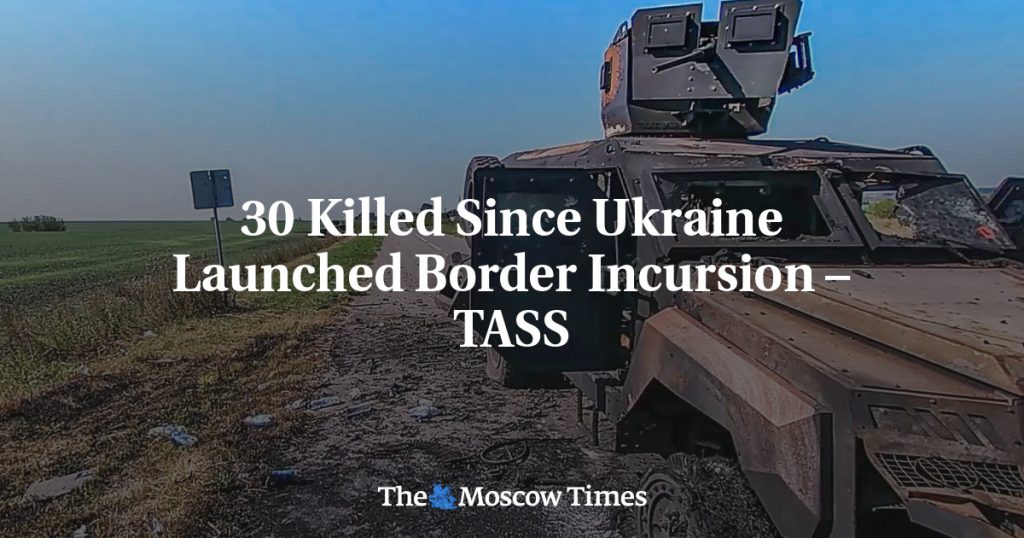More than 30 people have died in the Kursk region of southwestern Russia as a result of Ukrainian forces crossing the border, according to state-run news agency TASS. The death toll includes 31 confirmed deaths and 143 injuries, with 79 of the injured individuals hospitalized, including four children. The acting Governor of the Kursk region had previously reported 12 deaths and 121 injuries, indicating an escalation of violence in the region. The exact number of casualties has not been confirmed by authorities, but the situation remains concerning.
The commander of the Akhmat special forces, Apti Alaudinov, claimed to have seen photographs showing gunned-down civilians in the Kursk region. He expressed concern that a large number of elderly, women, and children had not yet been evacuated from the affected areas. This information raises fears about civilian casualties and the impact of the ongoing conflict on the local population. The situation in the Kursk region has prompted efforts to evacuate civilians, with around 121,000 people already evacuated from areas impacted by fighting between Ukrainian and Russian forces.
Ukrainian President Volodymyr Zelensky has stated that the goal of the offensive in the Kursk region is to create a buffer zone and weaken Russia’s military forces. The conflict between Ukrainian and Russian forces has led to a humanitarian crisis in the region, with efforts underway to provide humanitarian corridors for civilians to evacuate safely. The escalating violence and mounting casualties have raised concerns about the impact of the conflict on the local population and the need for humanitarian assistance to address the growing crisis in the region.
The independent investigative outlet Agentstvo has raised questions about the authorities’ handling of the situation in the Kursk region. They suggest that claims of civilian deaths may be used to manipulate public opinion against Ukraine or to prepare the public for a potentially shocking death toll. The conflicting reports and lack of official confirmation of the death toll raise concerns about the transparency and accuracy of information coming out of the region. The situation remains fluid and volatile, with the full extent of the casualties and damage yet to be determined.
As the conflict in the Kursk region continues, there is a growing need for international support and attention to address the escalating humanitarian crisis. The situation is complex and evolving, with both Ukrainian and Russian forces engaged in intense fighting that has resulted in significant casualties and injuries. The impact on civilians, including women, children, and the elderly, highlights the urgent need for humanitarian assistance and efforts to ensure the safety and well-being of vulnerable populations caught in the crossfire. The international community must respond promptly to provide aid and support to those affected by the conflict in the Kursk region.


